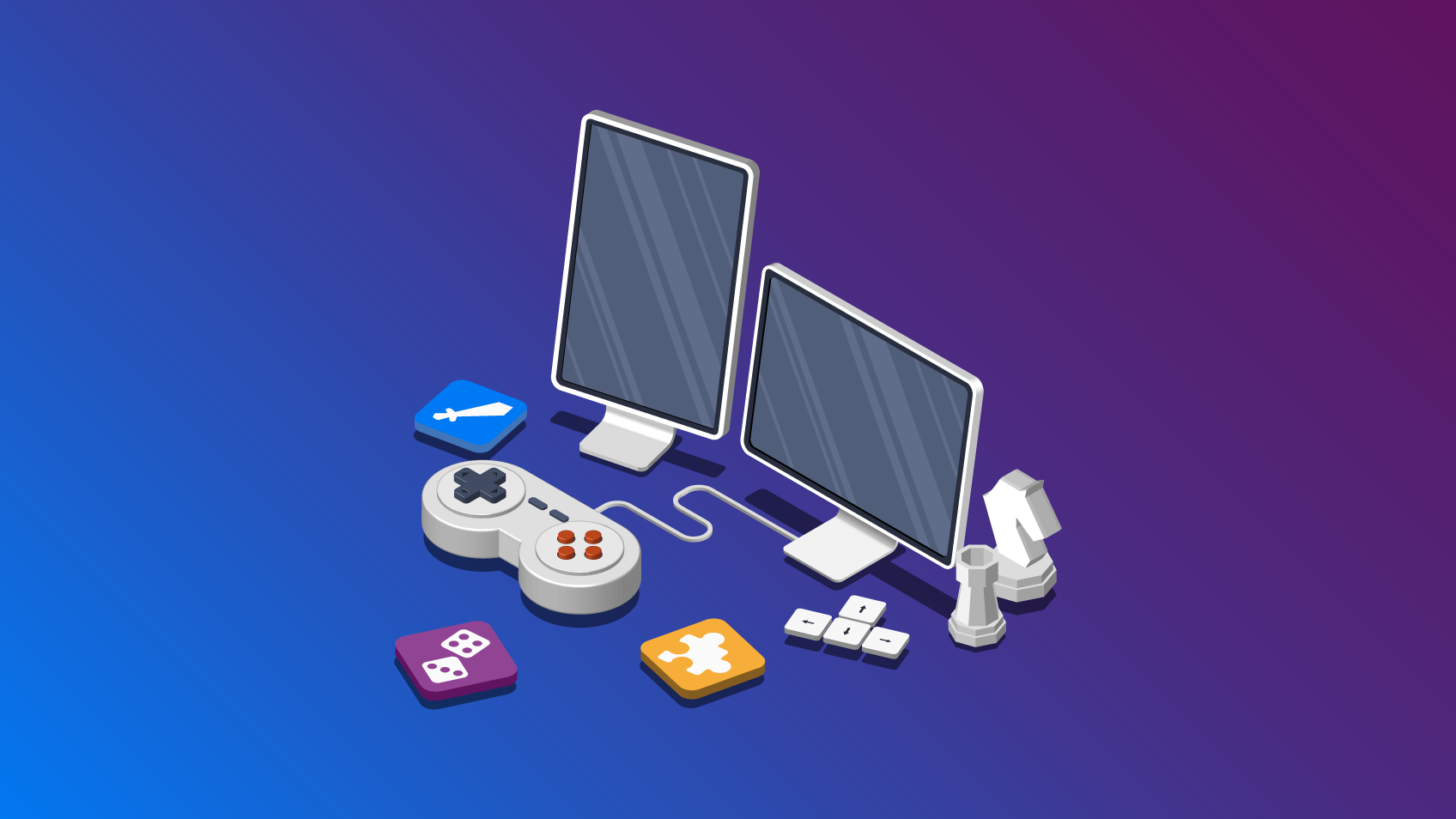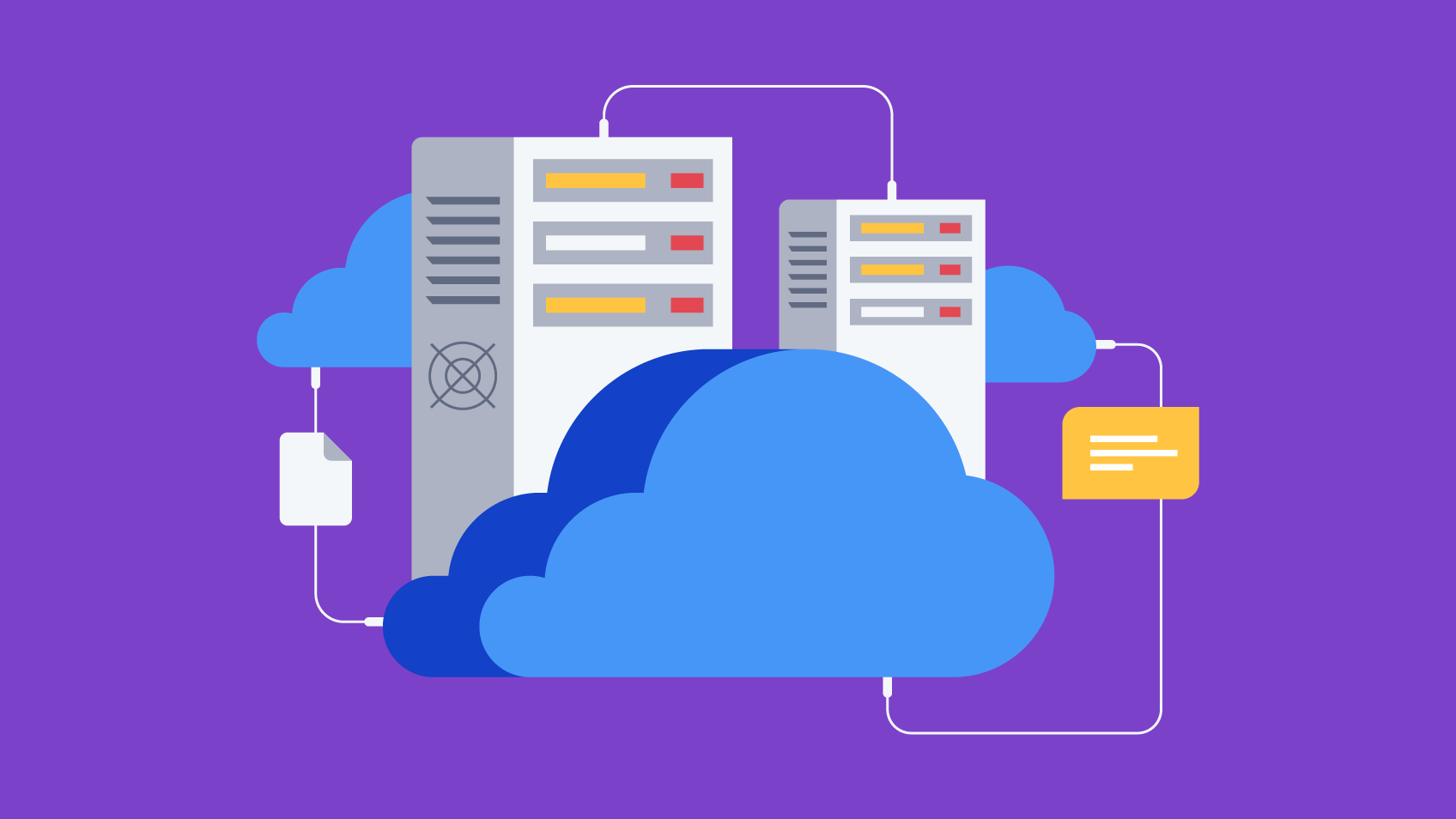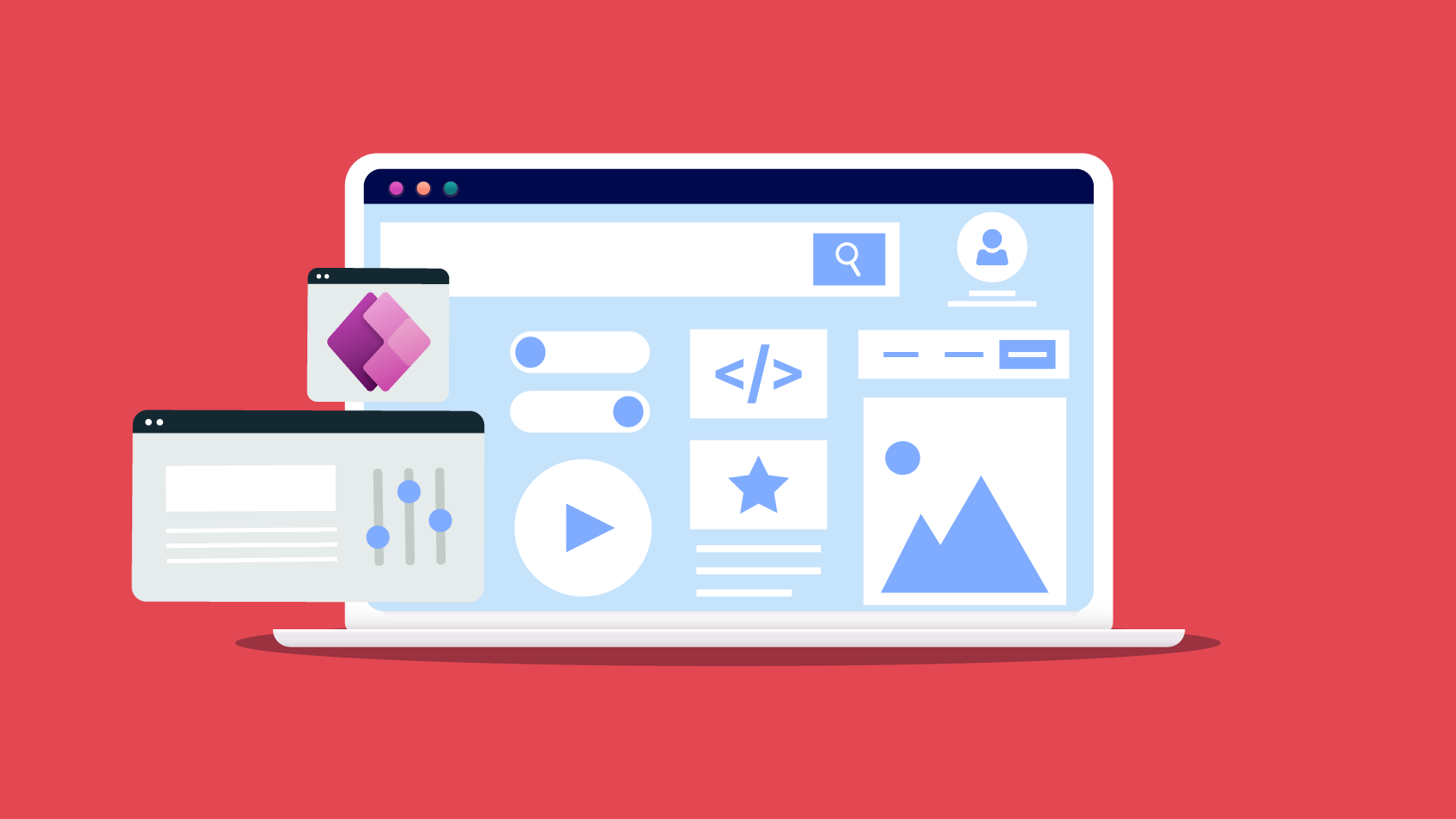5 SECOND SUMMARY:
- Gamification involves the use of gaming techniques to increase participation, engage and/or generate loyalty of a person in a particular action;
- In this article, you will find how gamification can be present in various business areas such as Fitness, Health, the Financial sector, Education, and even the corporate context.
What is gamification?
When we think about gamification, it is most likely that we have recovered, from the innermost recesses of our memory, images of McDonald’s Monopoly, or we remember in shock that we haven’t taken today’s Duolingo class. But when did the term gamification actually come into being? Well, the first official gamification definition, by Nick Pelling, which describes the process of using game concepts and interfaces applied to everyday contexts, dates back to 2012. As recently as 2014, Gartner released its first official definition of gamification – the “use of game mechanics and experience design to engage and motivate people to achieve their goals digitally”. However, Richard Bartle, writer and investigator, believes that the term was previously used by game designers.
Gamification is the use of gaming techniques to increase participation and engagement in and/or generate loyalty towards a particular action.
- Challenges, achievements and missions. Probably, this is the most important element of gamification, and completing missions and winning challenges is what motivates players to participate voluntarily.
- Rewards, progression and instant feedback. Badges and coins that can be exchanged for prizes or for experiences and the ability to compete with the best players are just a couple of examples of mechanics that should be adopted in gamification dynamics. It is crucial that the user receives instant feedback to stimulate engagement in the activity.
- Gamification uses the natural human tendency to be competitive to achieve excellence in its performance. Neurophysiologically, gamification activates the production of hormones in the brain such as dopamine, endorphins and serotonin – responsible for happiness and pleasure – which, in turn, trigger a sense of achievement.
Gamification benefits in business
Gamification is now part of our daily lives, always in different contexts. Gartner reports that over 70% of the companies on the Global 2000 list of companies use it in their business. Why? Four obvious advantages can be applied to both your customers and your employees:
- Generates loyalty. Gamification is an excellent way to create an engaging bond fuelled by continuous interactions between your business and your customers and employees. In 2010, McDonald’s increased sales by 5.6% in the USA, using Gamification concepts derived from the classic Monopoly game.
- Offers a broader view. The lack of instant feedback is a problem that affects businesses, currently. Knowing gamification as a solution, Worten created the platform Worten Winners. It is a feedback and organisational recognition platform focused on customer satisfaction, which allows all its employees to see sales status, stores and sales personnel rankings. In addition to giving access to individual and team rankings, it also has gamification elements, such as badges for the best salesperson and information about missions to be completed. The result? In 42 pilot stores, 60% of employees said they felt more involved in their day-to-day work.
- Allows a personalised experience. Starbucks is known for its engagement initiatives and loyalty programmes. Still, initiatives like cup personalisation and My Starbucks Rewards are examples that not just borrow from customer loyalty but also from personalised experiences. For example, drinks and foods that adapt to every user’s palate. With personalised offers and rewards for every purchase, the customer becomes engaged with the brand and feels motivated at every purchase. Starbucks attributes 40% of its total sales to My Starbucks Rewards, which had 16 million active members in March 2019.
- Creates brand recognition. Every business aspires to be top of mind for its target, and gamification can be a great help in achieving this. M&M’s Eye-Spy Pretzel is a good case study of a simple digital marketing campaign with a powerful impact. While promoting their pretzel products, the brand published a Facebook post that encouraged users to find the pretzel hidden in an image full of M&M’s. This puzzle resulted in 25,000 new Facebook page likes, 10,000 comments and around 6,000 shares.
By contradicting stale and boring processes behind acquiring new customers and motivating employees, Gamification can be a breath of fresh air for your business needs. There are already several industries that have started their journey into gamification very successfully.
Gamification use cases
Gamification in a Fitness context
Gamifying fitness programmes make exercise more fun, especially if you’re part of a community and rely on leaderboards to instantly celebrate your progress. Fitness apps like Nike+ Run Club, My Fitness Pal or Zombies, Run! are recurring top searches on Google Play and the App Store.

Gamification in Health
Gamification in the health apps market is estimated to grow from $3,072.5M in 2019 to $35,982.7M in 2027, according to Statista.
Gamification opportunities in the healthcare app market are vast. We can find apps to help us manage diabetes, and our mental health or even solutions for intermittent fasting fans. mySugr, Happify and Fastic are some examples that spring to mind, apps focused on user personalisation, with activity logs, goals to achieve and tasks to complete. There are encouragements, challenges and leaderboards to help us stay focused.

Gamification in the Financial sector
You may remember the well-known SmartyPig, an online bank where we can add money to a created savings goal and see the target percentage increasing in real-time. SmartyPig also has gamification elements that aren’t as obvious, such as a mascot, which helps users to stay engaged with the bank.
Many successful cases are using gamification in the finance sector. According to Total Retail and Mordor Intelligence, Extraco bank had an interesting case of successful initiation into the gamification process. Through financial literacy classes, highlighting the offers that they had available, they increased their conversion rate from 2% to 14% and new customer acquisition by 700%.

Gamification in Education
According to Intuition, 67% of students report that gamified learning is more engaging than traditional courses. Tools such as Duolingo, Kahoot! and Minecraft have been a worldwide educational success thanks to their use of basic game elements such as badges, competition between teams, progress tracking and even goal setting.

Gamification in a Corporate context
Suppose 67% of students claim to be more engaged with gamification than with traditional teaching methods. In that case, TalentLMS tells us that 83% of employees who undergo gamified training say they are more motivated in their day-to-day tasks. If engaging employees with your company is one of your goals, know that plenty of offerings are available. Apps like Todoist, which rewards users with karma points as they complete tasks, platforms such as Trailhead, which makes learning a lighter and more enjoyable process, or Microsoft Dynamics 365, which gives prizes and status as rewards, are some examples of gamification that have been incorporated into the daily lives of teams worldwide.
Would you like to incorporate Gamification in your company?
As we hopefully made clear, there are several approaches to take when adopting gamification – in both internal and external teams. From an internal point of view, motivating teams in a context where digital interactions are prioritised have certainly been one of the challenges for your business. Gamification is a powerful tool for sustaining agile, effective communication with your customers and employees. Implementing and designing engaging, user-focused experiences implies specific know-how and proficiency. From an external point of view, gamification is an extremely interesting tool for creating a closer and more loyal relationship with your customers, regardless of what sector you operate in. Whatever area your company is in, contact us. Our team of User Experience and Digital Xperience experts have the required expertise to help you understand how to gain real benefits from this trend, providing the experience you want your consumers to enjoy.

Partner and DX & UX Lead – Xpand IT














